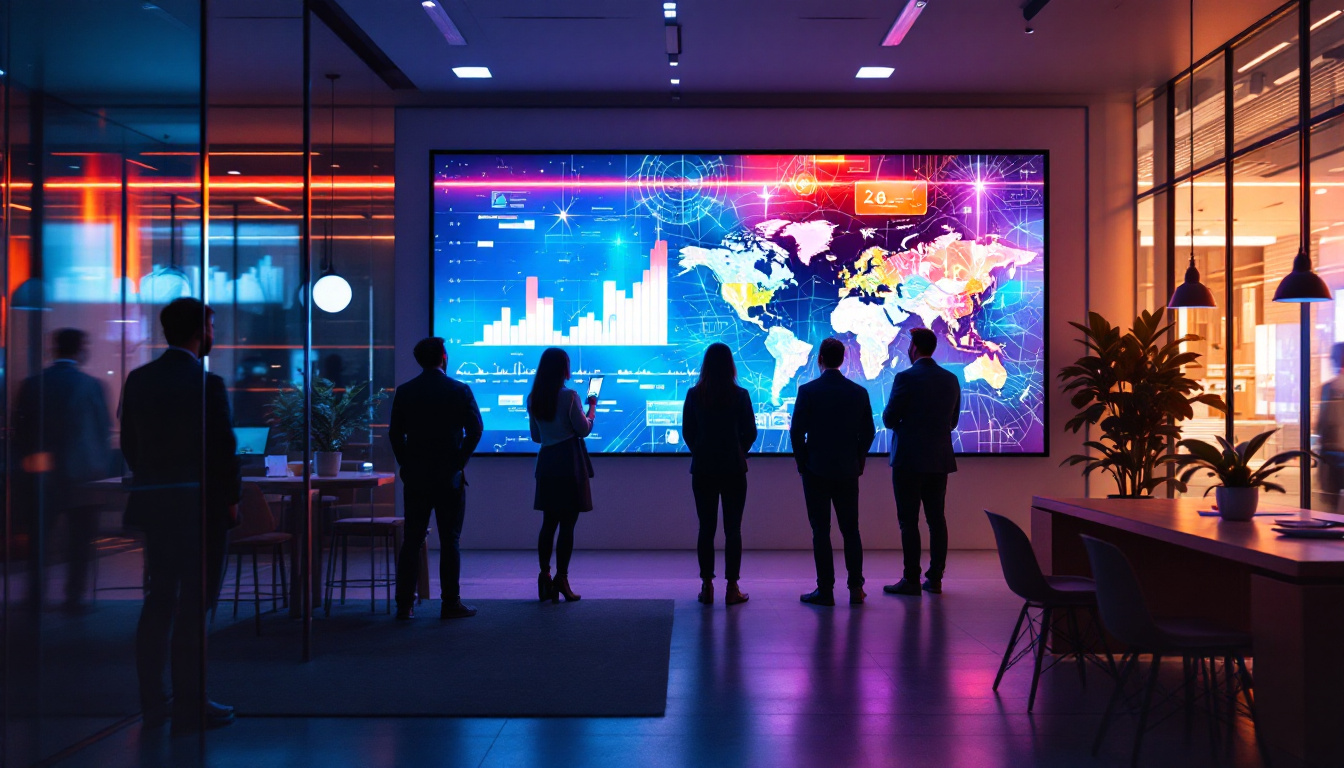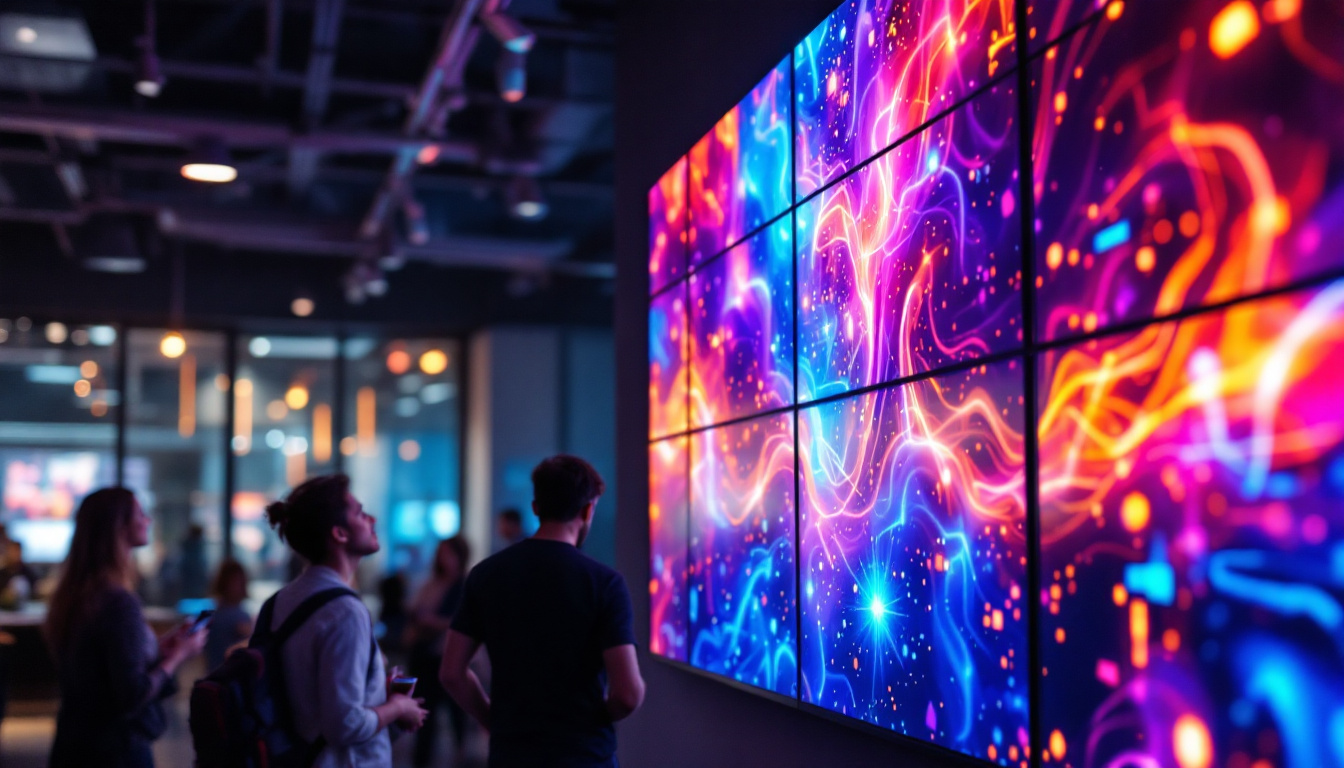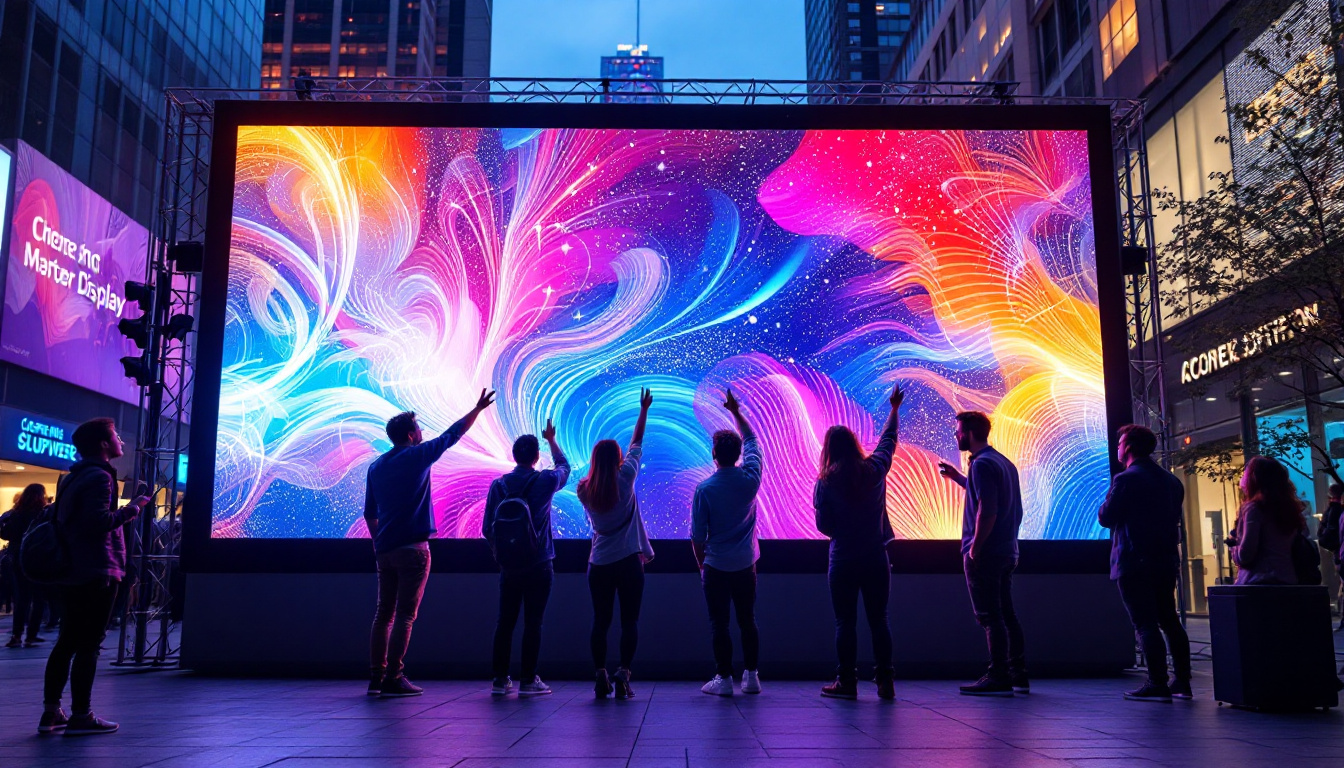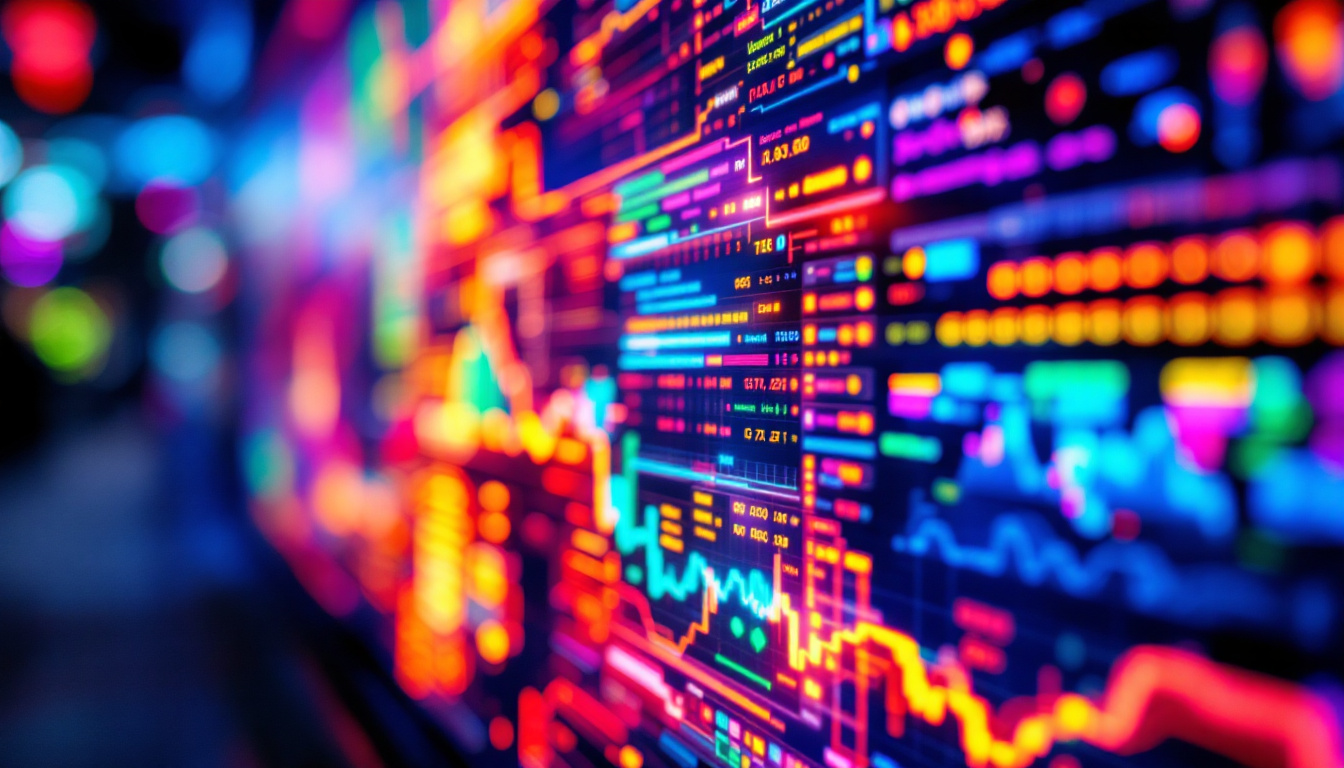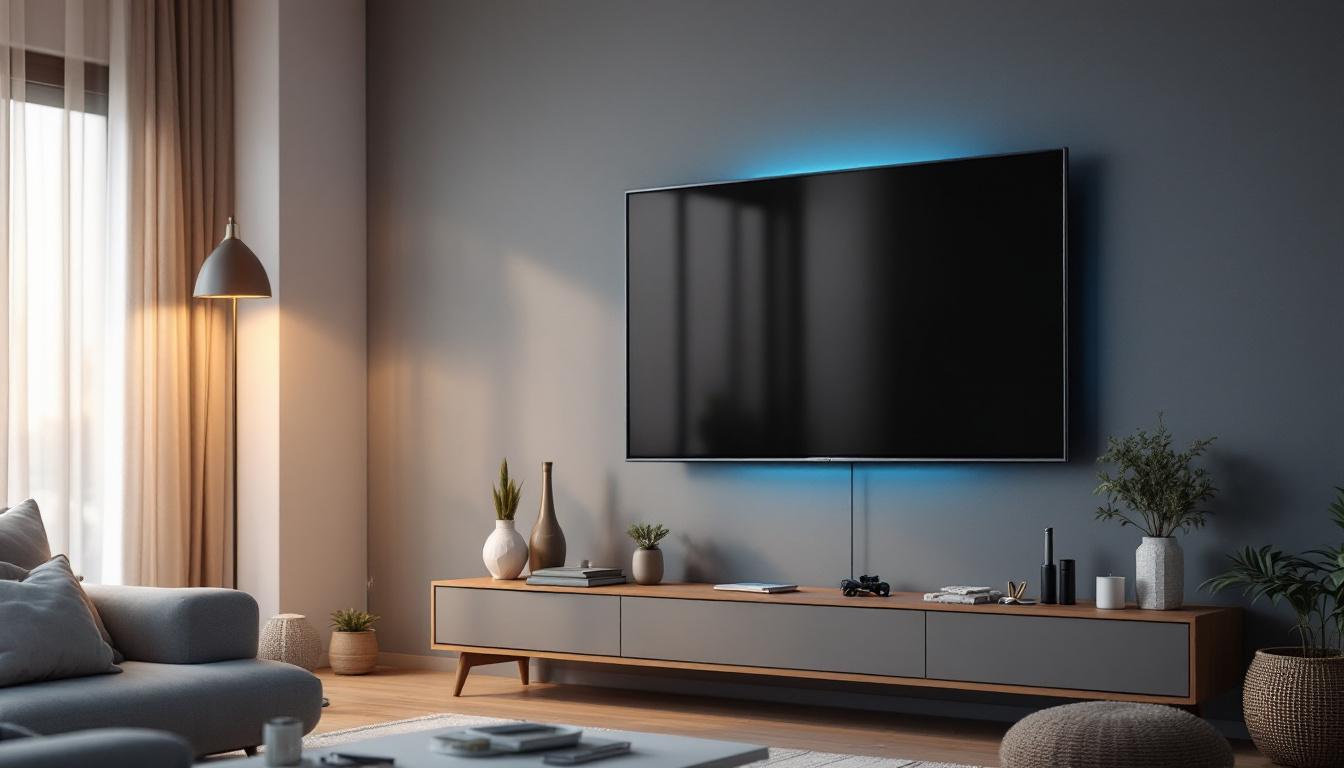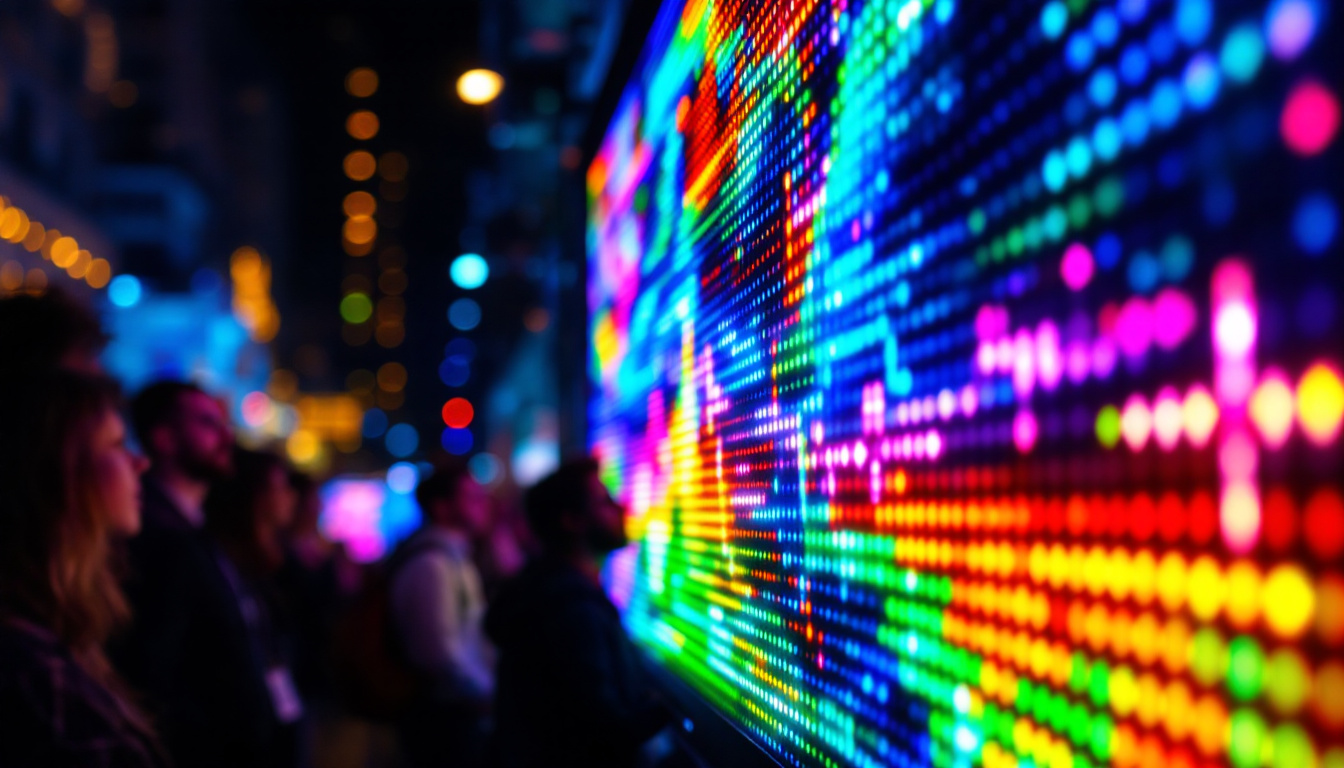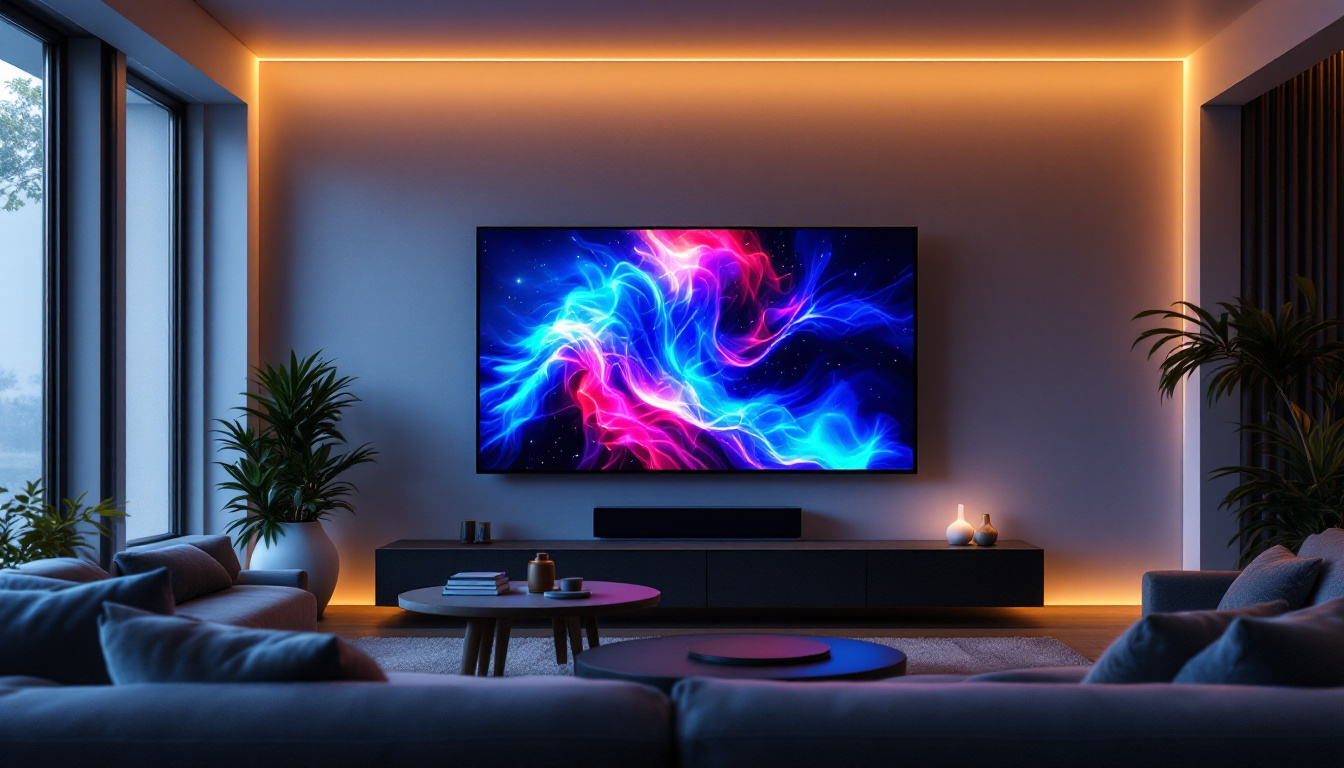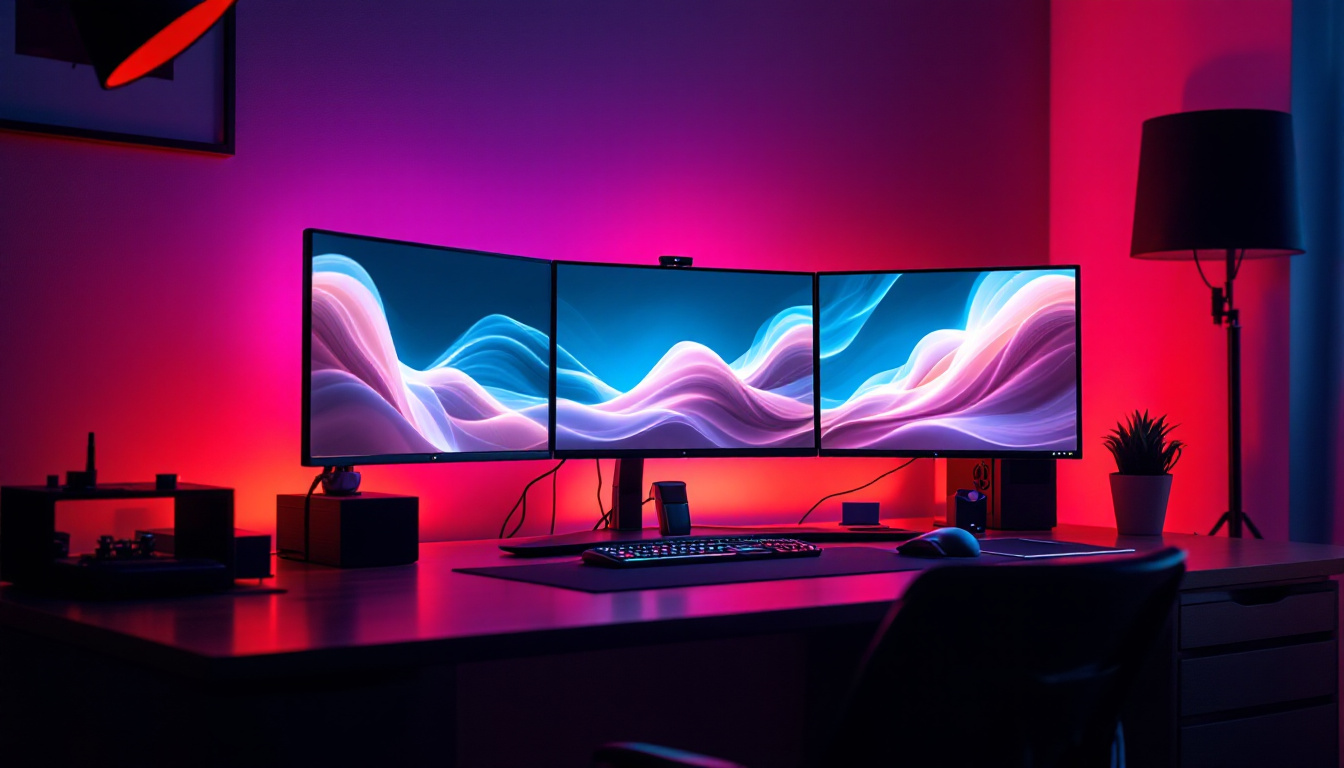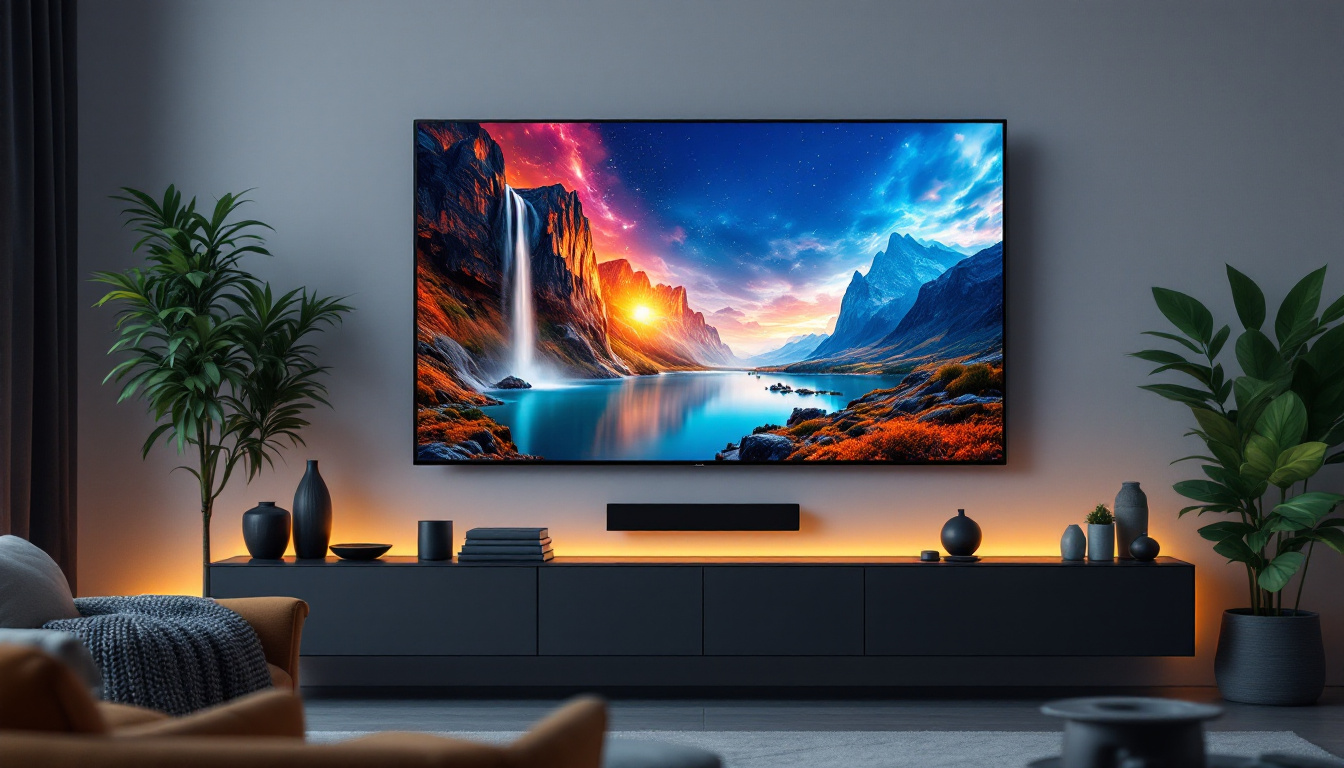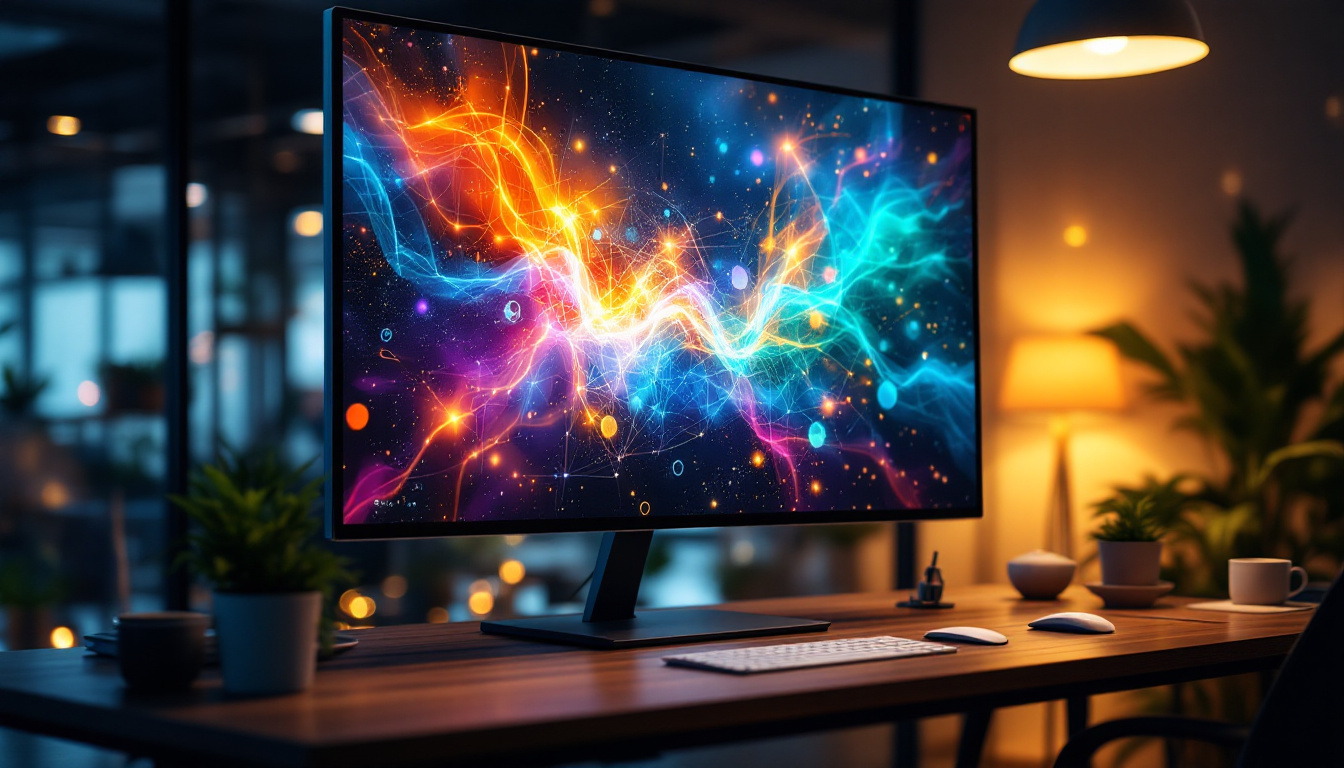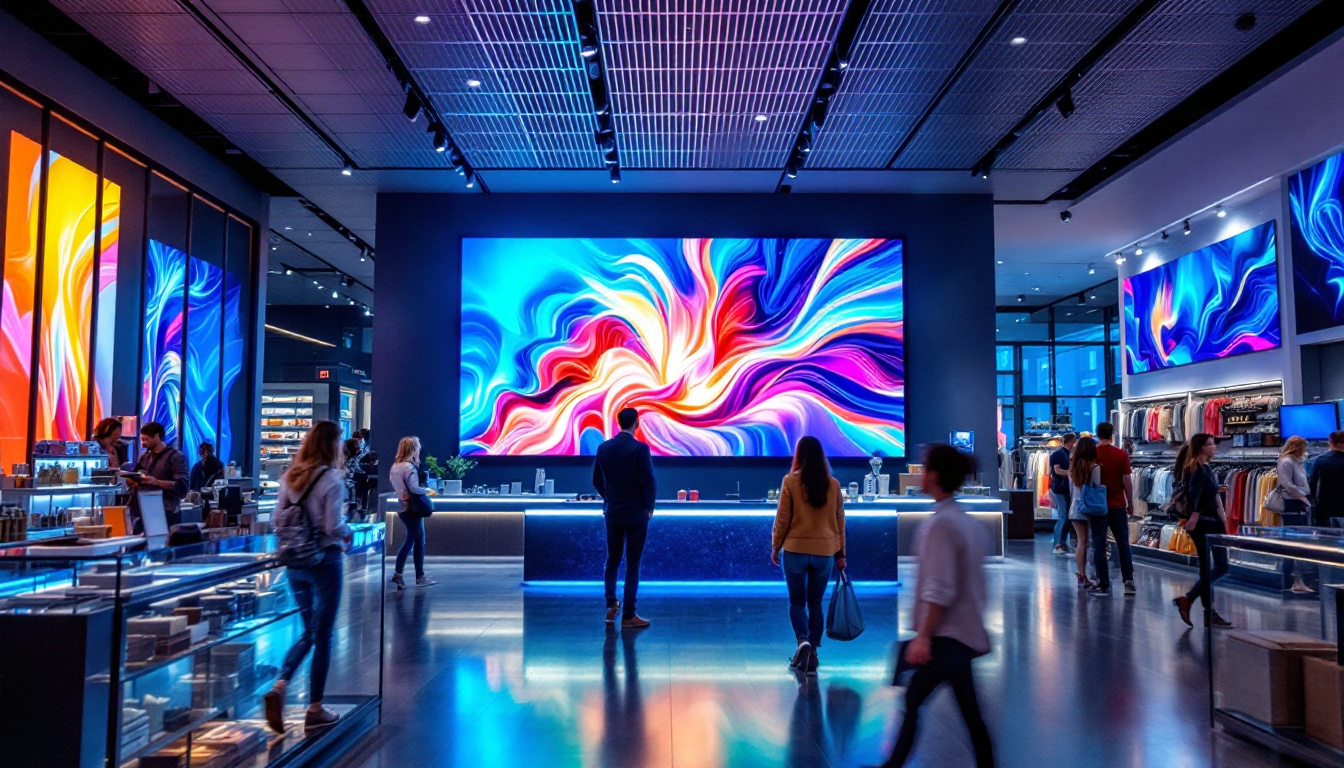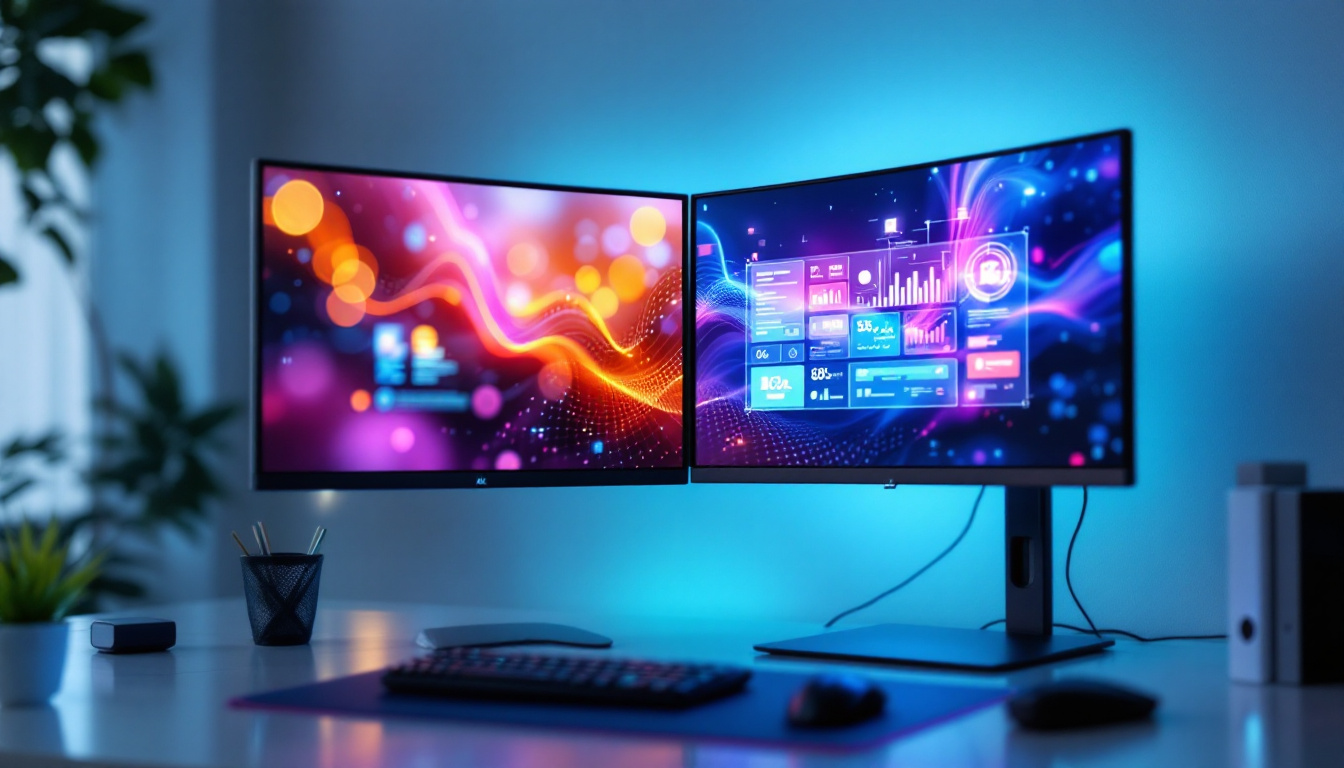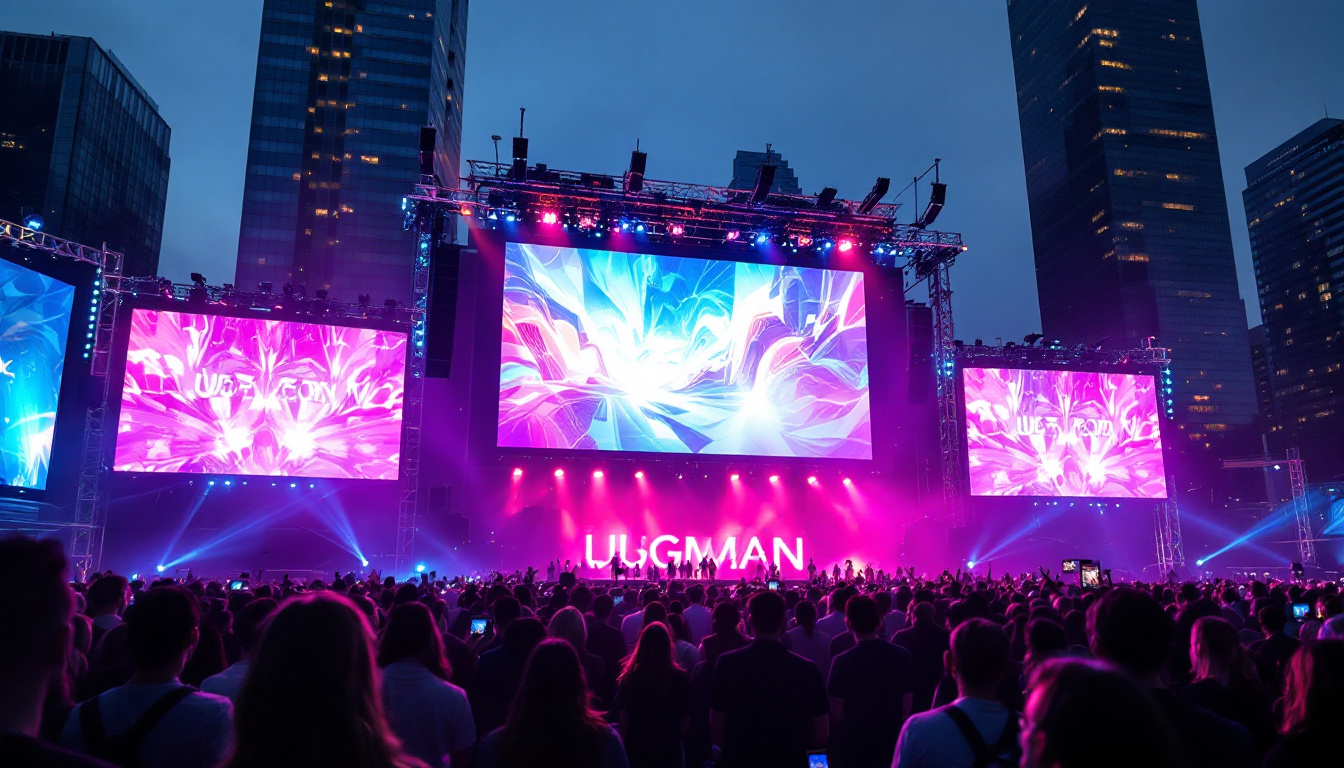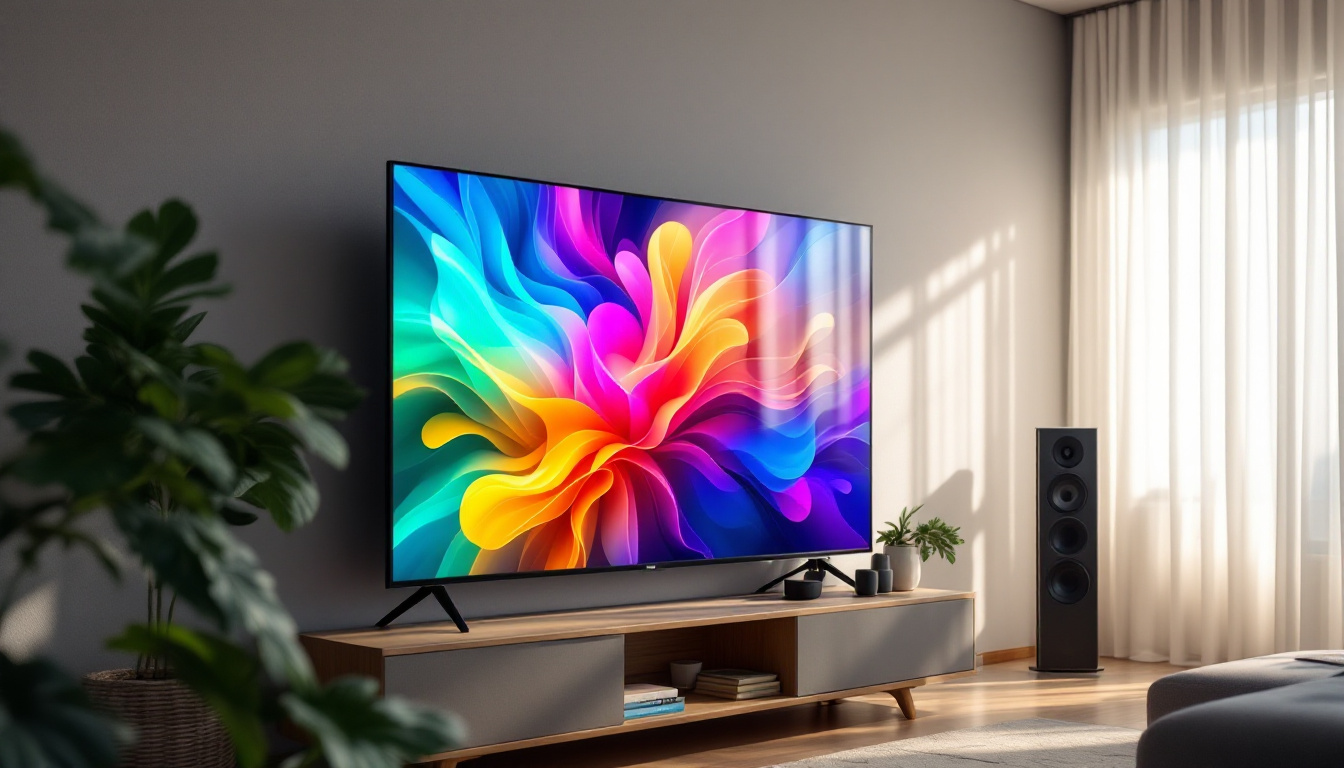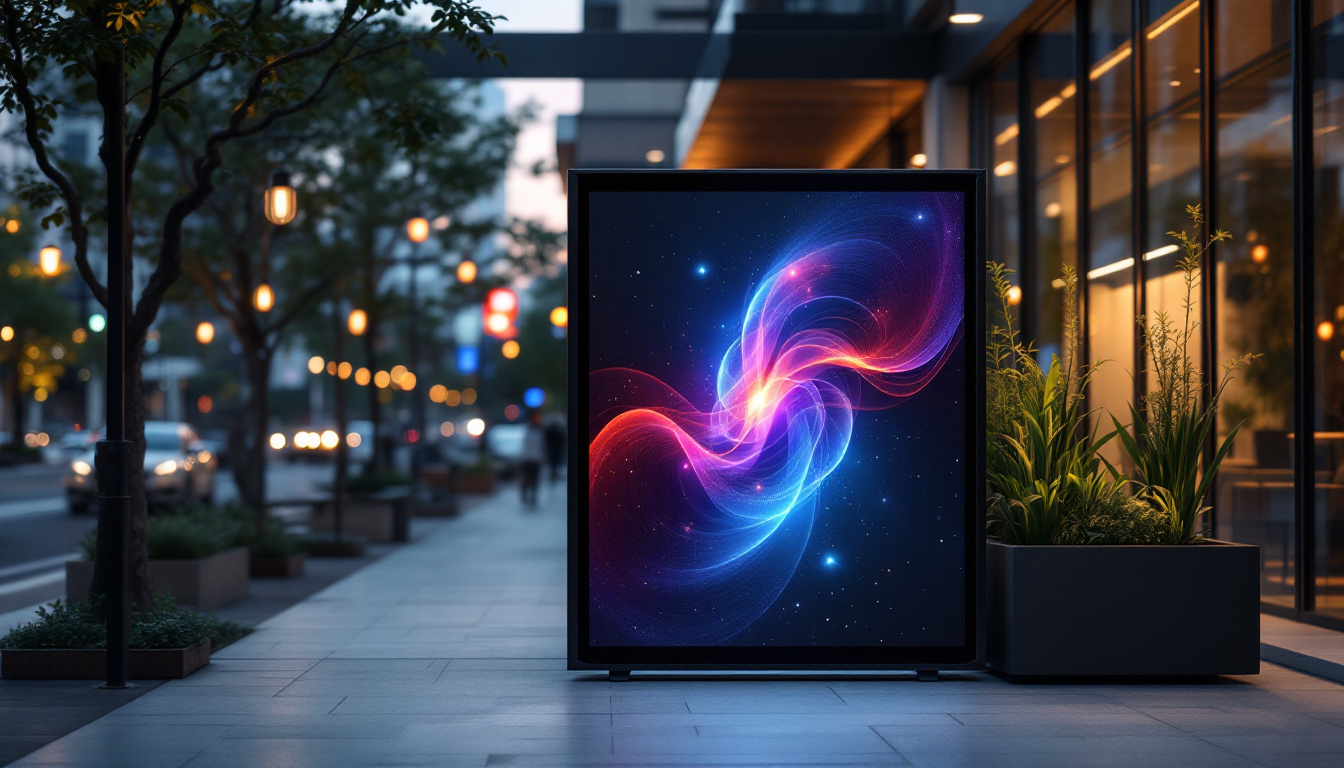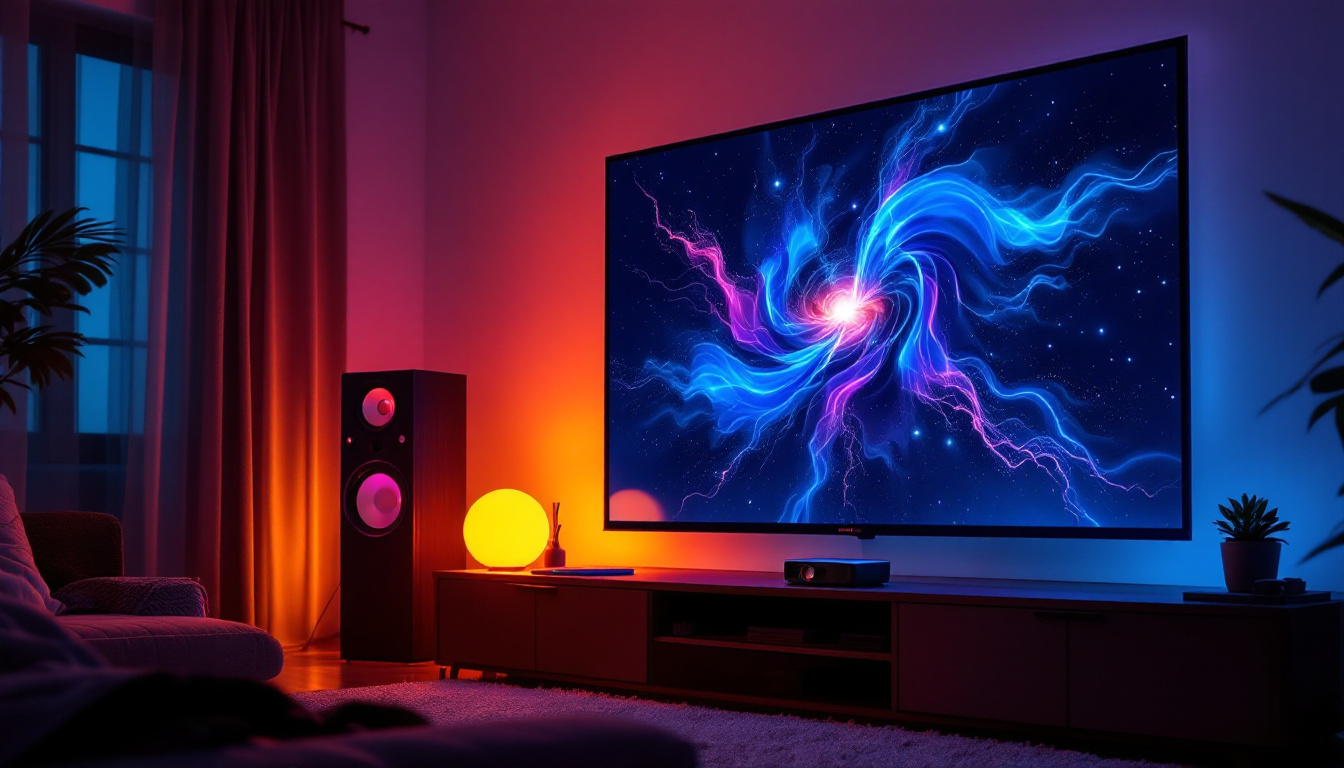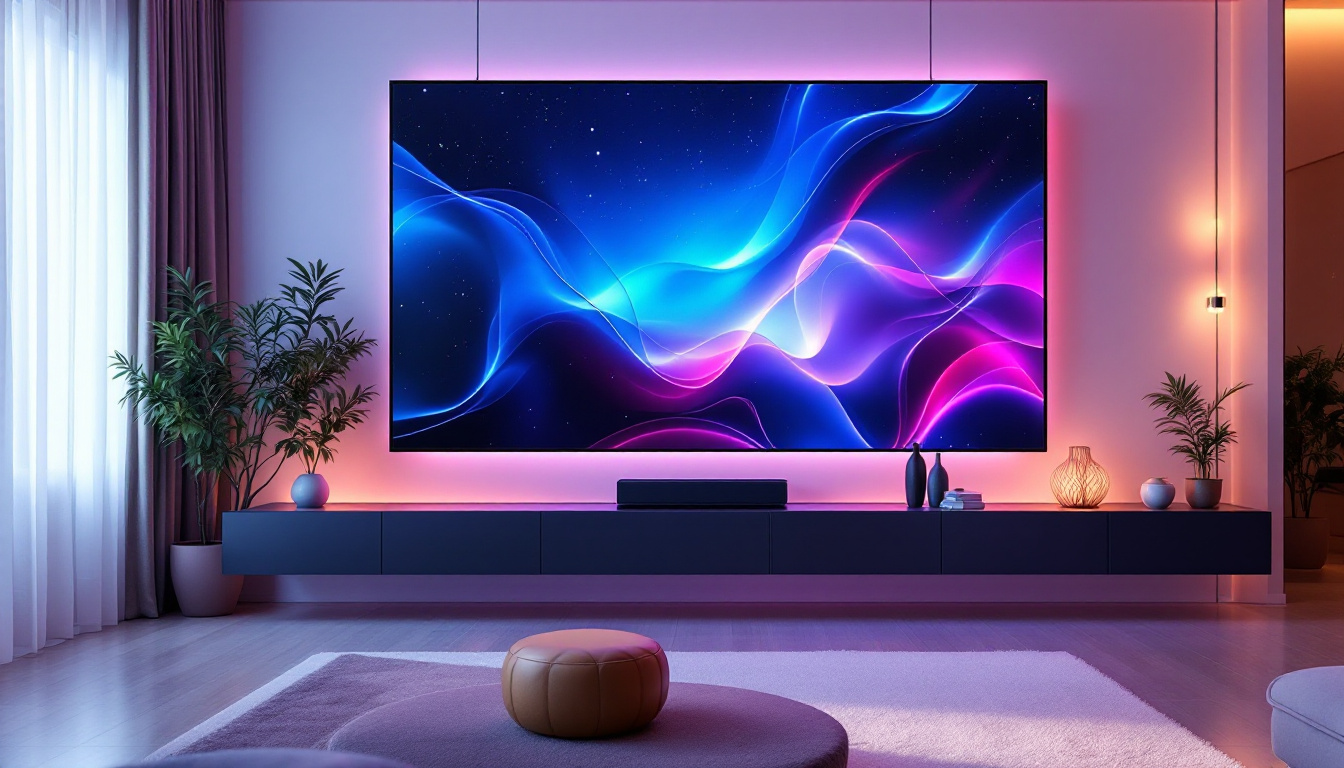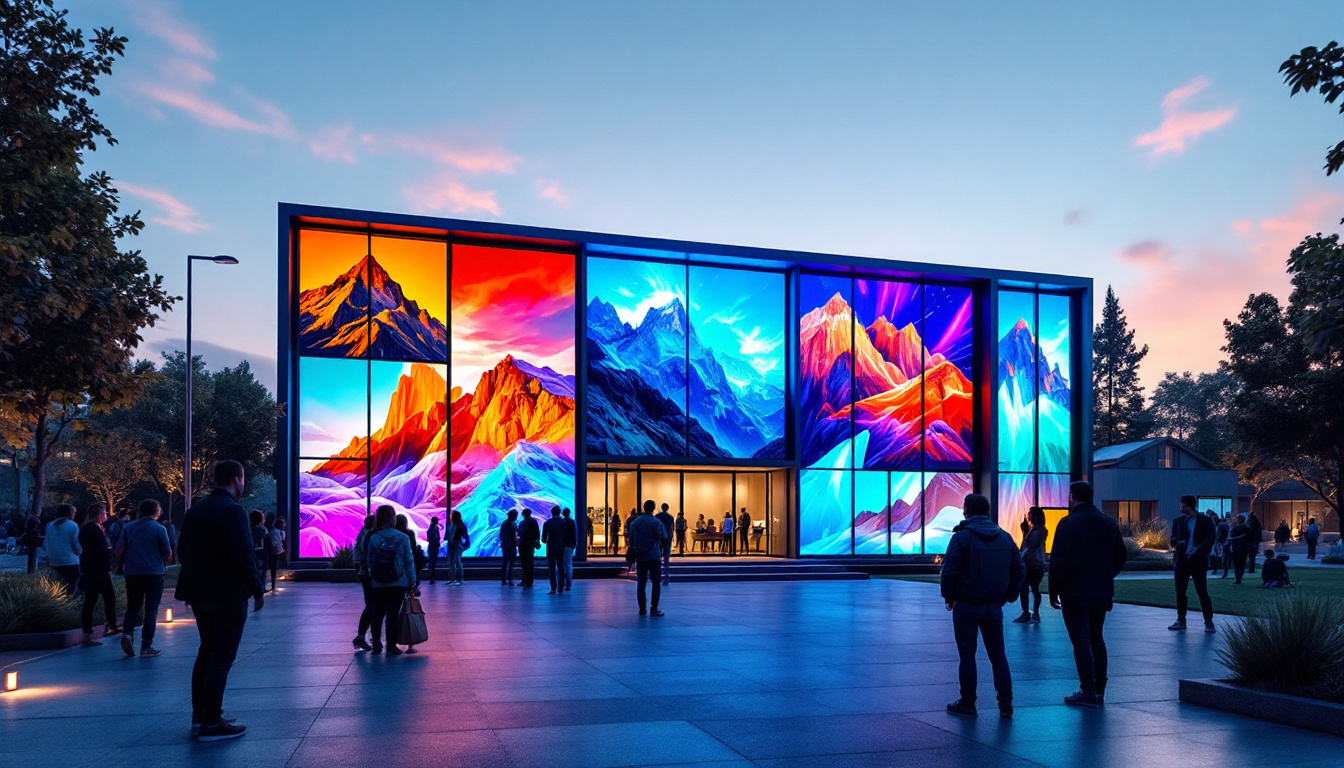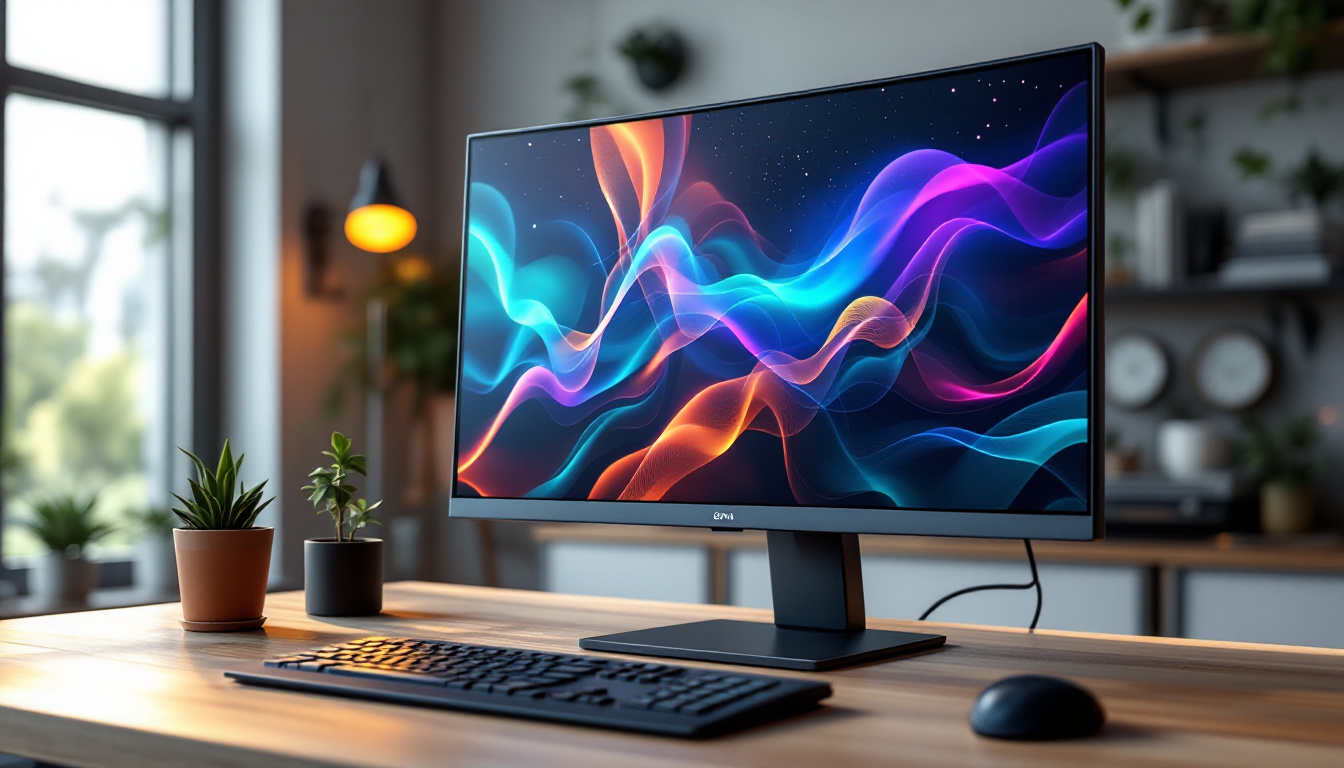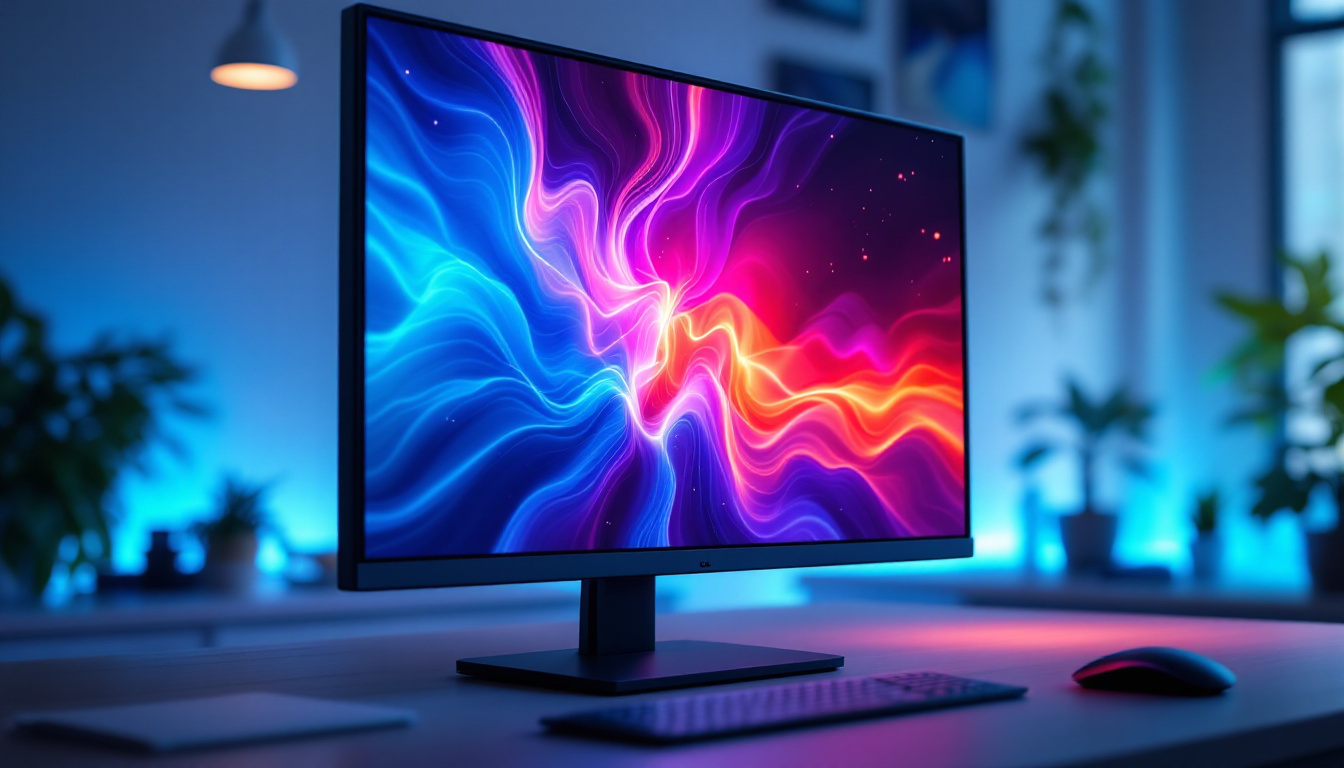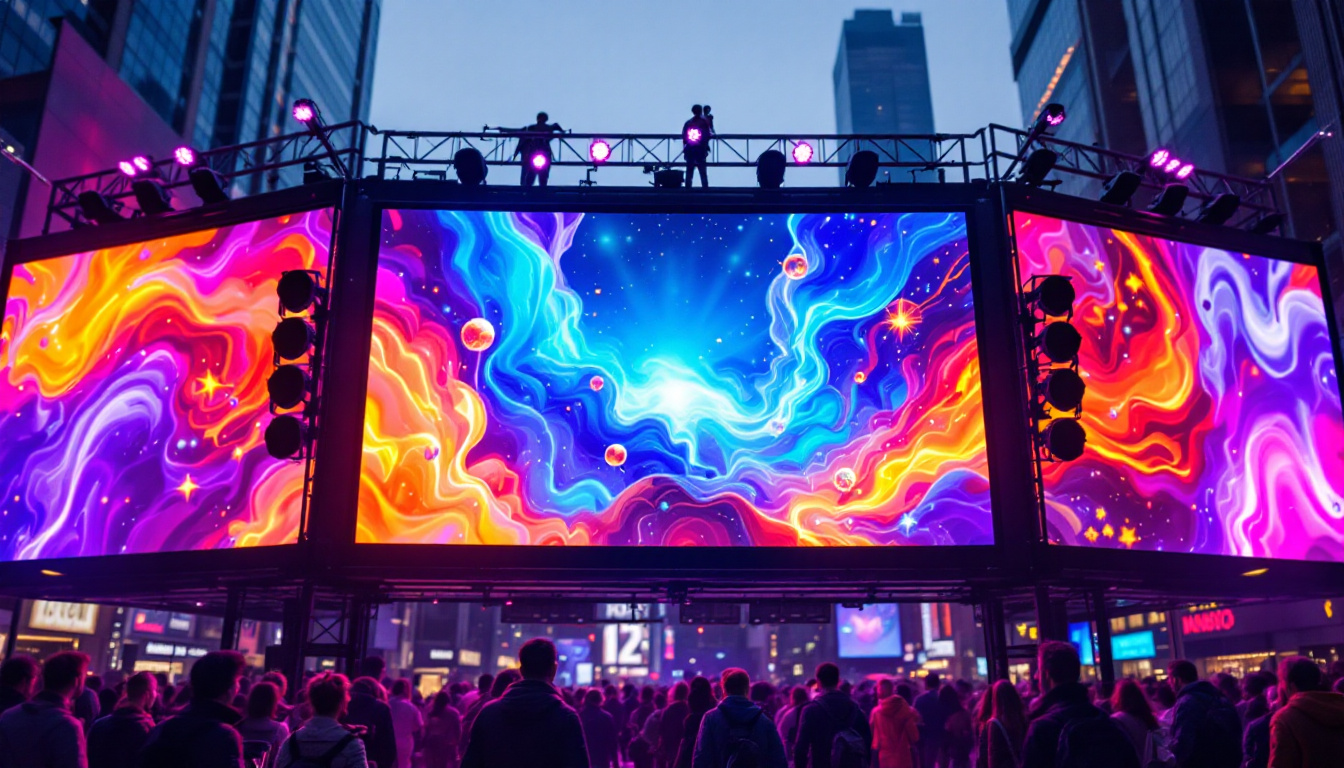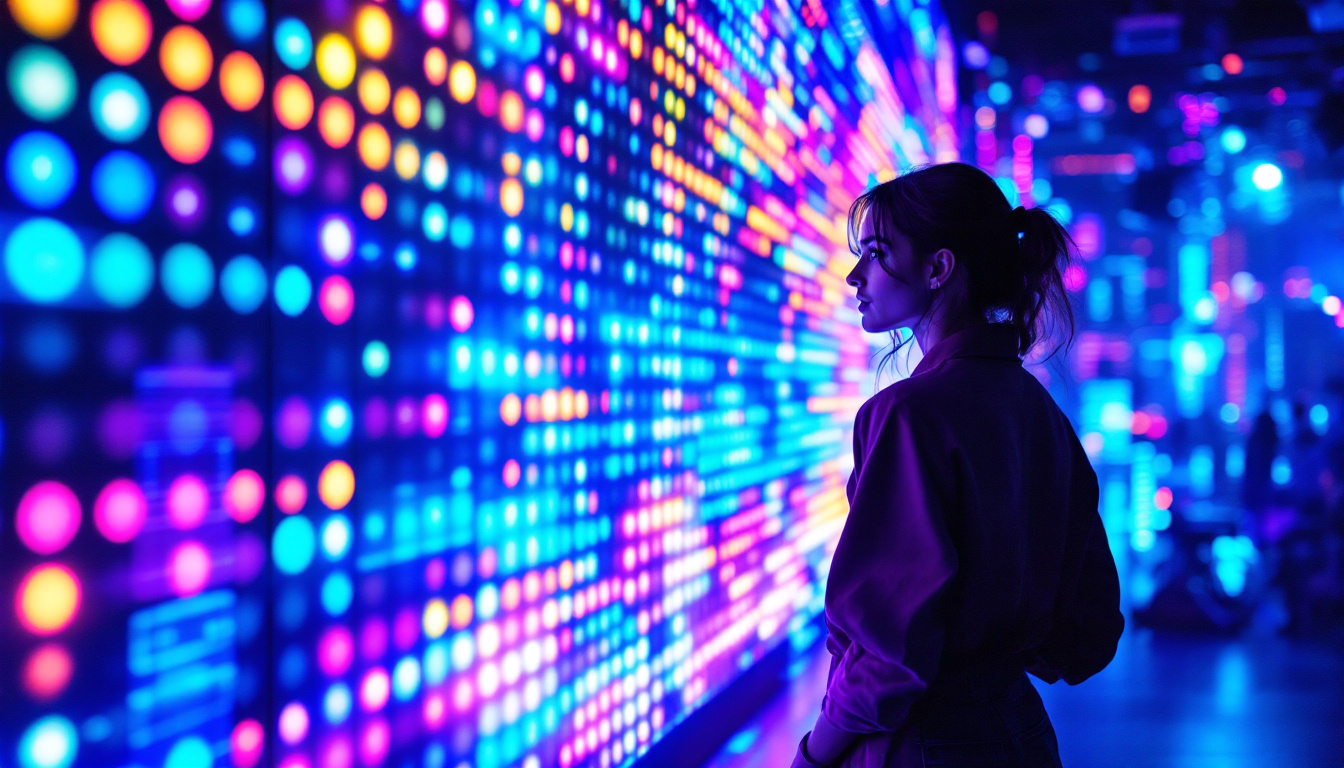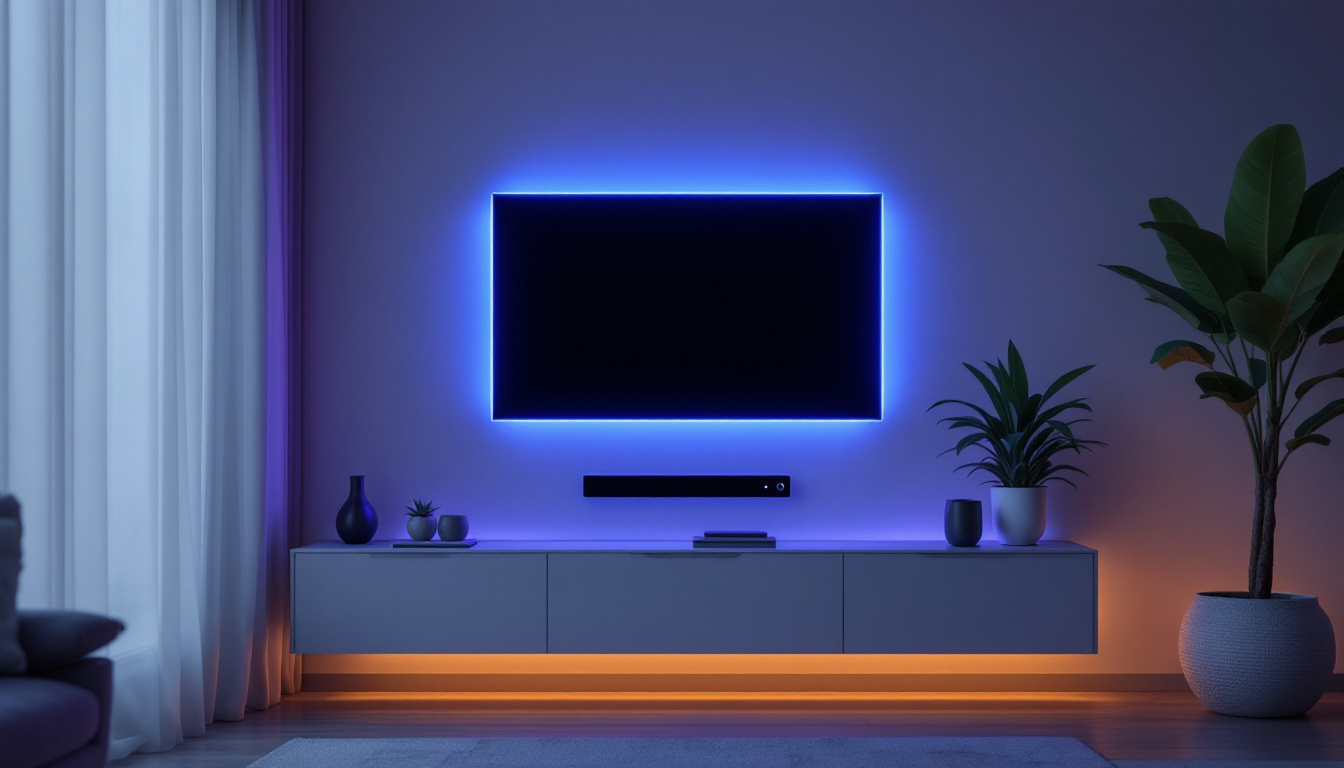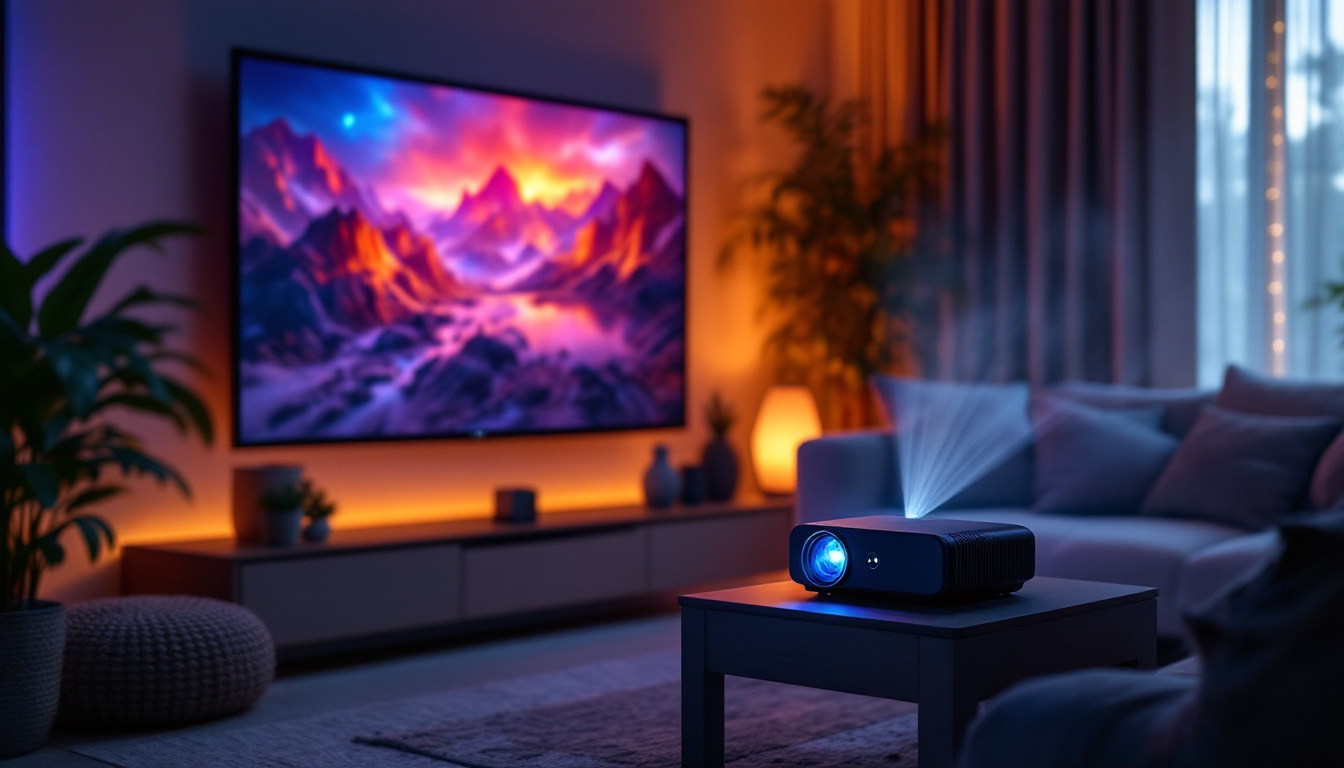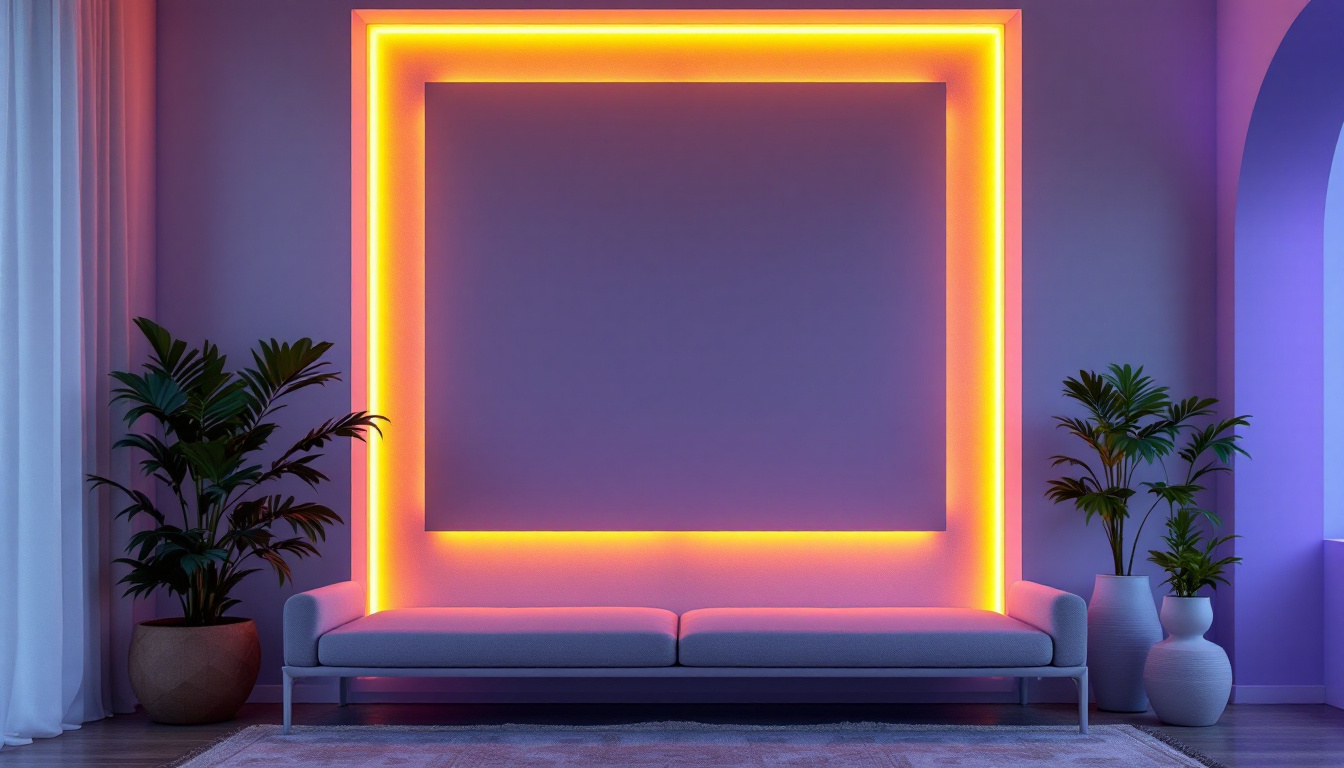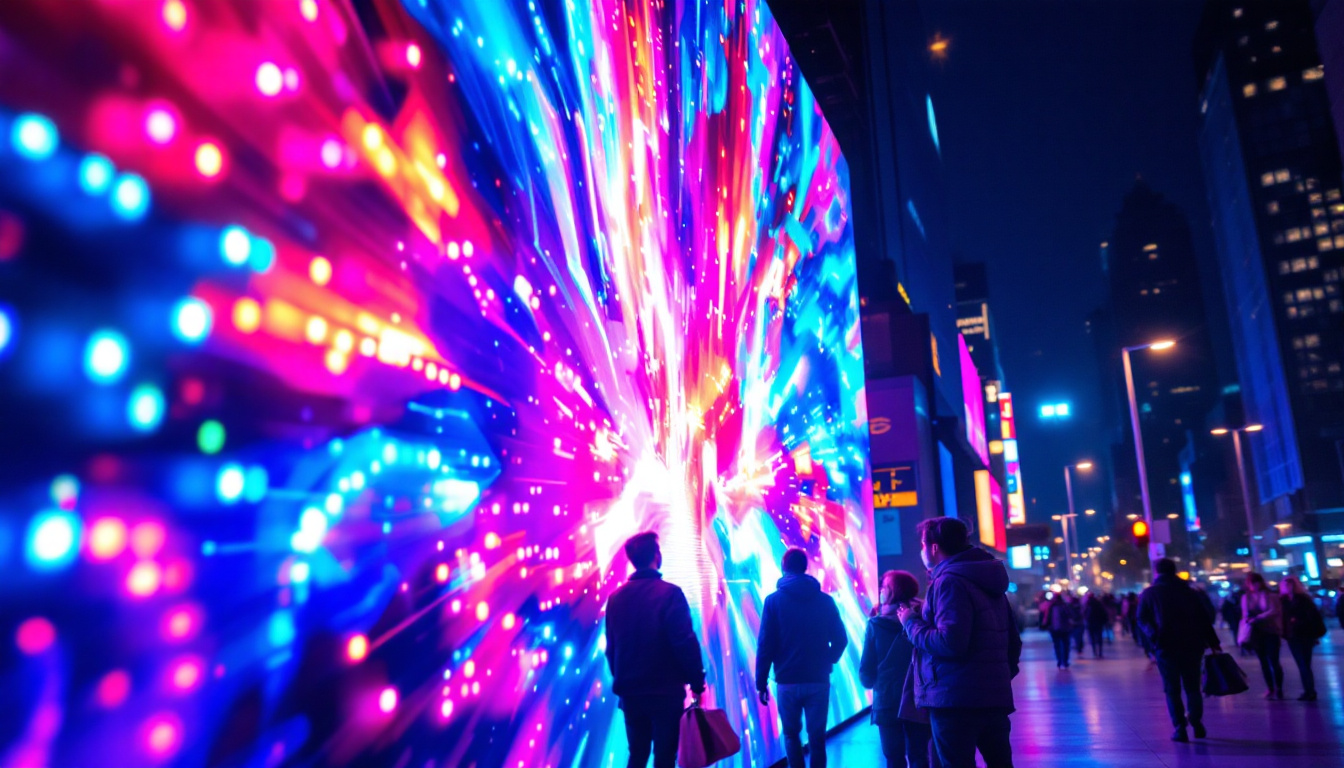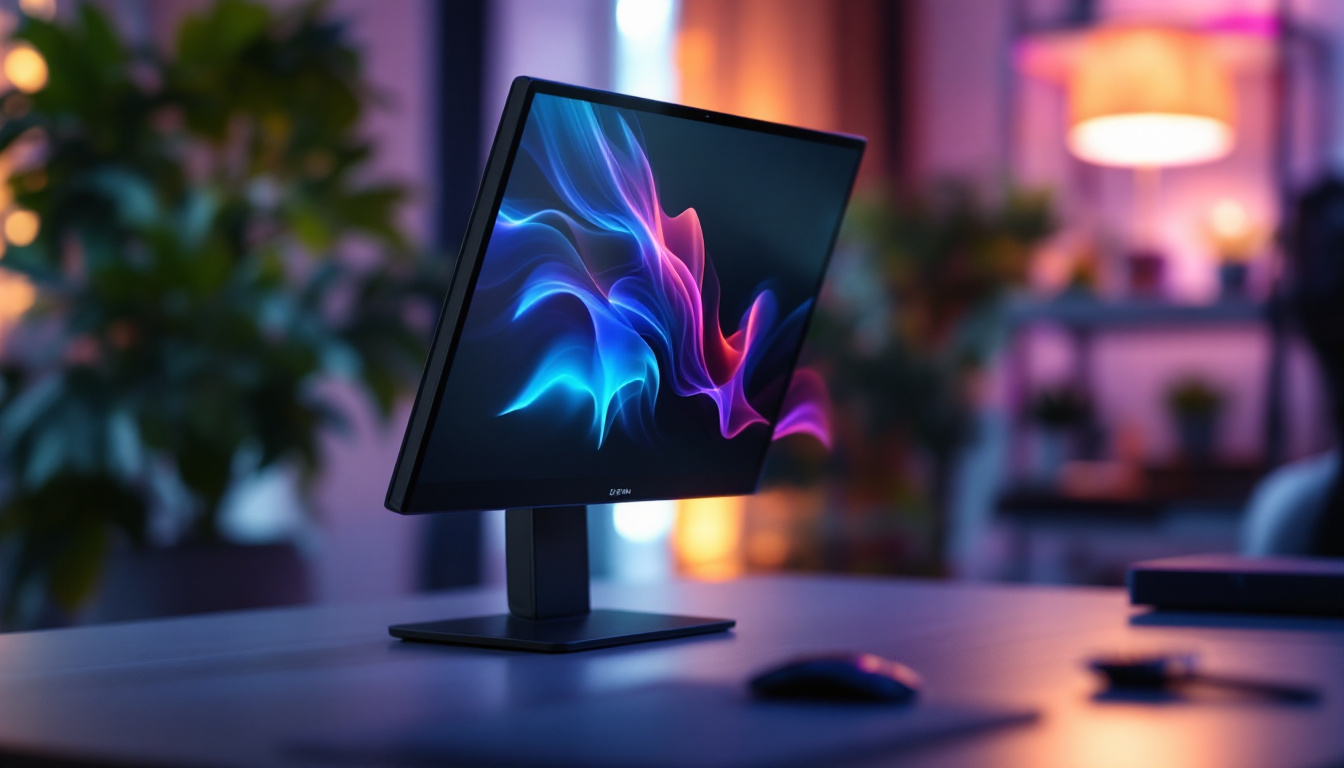In today’s fast-paced business environment, the need for effective communication and engagement has never been more critical. As companies strive to capture the attention of their audience, interactive displays have emerged as a powerful tool. Among these, LED displays stand out due to their versatility, vibrancy, and interactivity. This article explores the world of LED displays, focusing on their applications, benefits, and how they can transform business communication.
Understanding LED Displays
LED displays, or Light Emitting Diode displays, utilize semiconductor technology to produce light and create images. These displays are known for their brightness, energy efficiency, and longevity, making them ideal for various business applications. Unlike traditional displays, LED technology allows for thinner, lighter screens that can be easily integrated into different environments. The versatility of LED displays has revolutionized the way businesses communicate with their audiences, providing dynamic and engaging visual experiences that were previously unattainable.
Moreover, the rapid advancements in LED technology have led to the development of features such as high dynamic range (HDR) and enhanced color accuracy, further elevating the quality of the visuals produced. This has made LED displays not only a practical choice but also a preferred option for creative industries, where the quality of visual presentation is paramount. As a result, businesses can now leverage these displays for everything from advertising campaigns to immersive installations that draw in customers and enhance brand loyalty.
How LED Displays Work
The fundamental principle behind LED displays is simple: tiny diodes emit light when an electric current passes through them. This technology enables the creation of vibrant colors and sharp images. The displays are made up of a matrix of pixels, where each pixel consists of red, green, and blue diodes. By adjusting the intensity of these colors, a wide spectrum of hues can be produced, allowing for stunning visuals that captivate audiences. Additionally, advancements in pixel pitch technology have led to closer pixel arrangements, resulting in higher resolution displays that can be viewed from shorter distances without losing image clarity.
Furthermore, the integration of smart technologies into LED displays has opened up new possibilities for interactivity and real-time content updates. For instance, many modern LED displays can connect to the internet, allowing businesses to change their messaging on-the-fly based on current events or customer engagement. This adaptability not only enhances the viewer’s experience but also maximizes the impact of advertising campaigns, making LED displays a powerful tool in the digital marketing landscape.
Types of LED Displays
LED displays come in various types, each tailored for specific applications. The most common types include:
- Indoor LED Displays: These are designed for use in controlled environments, such as conference rooms, shopping malls, and retail stores. They offer high resolution and are perfect for detailed images and videos.
- Outdoor LED Displays: Built to withstand the elements, outdoor displays are brighter and more durable. They are commonly used for billboards, sports arenas, and events where visibility from a distance is essential.
- Transparent LED Displays: These innovative displays allow for visibility through the screen, making them ideal for window displays in retail settings. They combine advertising with product visibility.
- Flexible LED Displays: These displays can bend and curve, offering unprecedented design flexibility. They are particularly useful for creative installations in museums, exhibitions, and unique architectural projects, allowing designers to craft immersive environments that engage viewers in novel ways.
- Video Wall Displays: Composed of multiple LED panels, these displays can create large-scale visuals that are perfect for events, concerts, and public spaces. The modular nature of video walls allows for various configurations, making them a versatile choice for any setting.
Benefits of LED Displays for Businesses
LED displays offer numerous advantages that can significantly enhance business operations and marketing strategies. Their unique features make them a valuable investment for companies looking to improve engagement and communication.
Enhanced Visibility and Engagement
One of the primary benefits of LED displays is their ability to attract attention. The brightness and clarity of LED technology ensure that content is visible even in bright daylight. This enhanced visibility is crucial in crowded environments where capturing the audience’s attention is a challenge. Businesses can use vibrant visuals and dynamic content to engage customers effectively.
Cost-Effectiveness and Energy Efficiency
While the initial investment in LED displays may be higher than traditional options, the long-term savings are significant. LED technology is known for its energy efficiency, consuming less power while providing superior brightness. This efficiency translates to lower electricity bills and reduced carbon footprints. Additionally, the longevity of LED displays means fewer replacements and maintenance costs over time.
Versatility in Applications
LED displays are incredibly versatile and can be adapted for various applications. From advertising and branding to information dissemination and interactive experiences, these displays can serve multiple purposes. Businesses can utilize them for promotional campaigns, event announcements, wayfinding, and even interactive customer experiences, making them a valuable asset in any industry.
Applications of LED Displays in Business
The applications of LED displays in business are vast and varied. Their adaptability allows companies to leverage this technology in numerous ways, enhancing both customer experience and operational efficiency.
Advertising and Marketing
LED displays have revolutionized advertising strategies. Businesses can showcase dynamic content that changes in real-time, making advertisements more engaging. For instance, retailers can display promotions, sales, and new arrivals, capturing the attention of passersby. The ability to update content remotely ensures that marketing messages remain relevant and timely.
Event and Presentation Technology
In corporate settings, LED displays are increasingly used for presentations and events. Their high resolution and vibrant colors ensure that visuals are clear and impactful. Whether it’s a product launch, a conference, or a training session, LED displays enhance the overall experience by providing an immersive visual environment. Interactive features can also facilitate audience participation, making presentations more engaging.
Wayfinding and Information Displays
In large venues such as airports, shopping malls, and convention centers, LED displays serve as effective wayfinding tools. They provide real-time information, guiding visitors to their destinations. This functionality not only improves the visitor experience but also enhances operational efficiency by reducing confusion and congestion.
Choosing the Right LED Display for Your Business
When considering an LED display for business use, several factors need to be evaluated to ensure the right choice is made. Understanding the specific needs and environment of the business is crucial in selecting the most suitable display.
Determining the Purpose
Before investing in an LED display, it is essential to define its purpose. Will it be used for advertising, presentations, or information dissemination? Understanding the primary function will help in selecting the appropriate type and size of the display. For instance, a retail store may benefit from a high-resolution indoor display, while an outdoor billboard requires a more robust and weather-resistant option.
Size and Resolution Considerations
The size and resolution of the LED display are critical factors that influence its effectiveness. Larger displays are ideal for outdoor settings where visibility from a distance is necessary. Conversely, smaller, high-resolution displays are better suited for indoor environments where detailed visuals are required. It’s essential to strike a balance between size and resolution to ensure that the content is both visible and engaging.
Budget and Long-Term Investment
Budget constraints are a reality for many businesses. While LED displays can be a significant investment, it’s important to view them as a long-term asset. The initial cost should be weighed against the potential return on investment through increased engagement, improved customer experiences, and reduced operational costs. Exploring financing options or leasing arrangements can also make the acquisition more feasible.
Future Trends in LED Display Technology
The LED display industry is continually evolving, driven by technological advancements and changing consumer demands. Staying informed about future trends can help businesses make strategic decisions regarding their display investments.
Integration with Smart Technology
As the Internet of Things (IoT) continues to gain traction, LED displays are increasingly being integrated with smart technology. This integration allows for real-time data updates, remote management, and interactive features that enhance user experiences. Businesses can leverage this technology to create personalized content that resonates with their audience.
Advancements in Display Quality
Continuous improvements in LED technology are leading to higher resolutions and better color accuracy. Innovations such as MicroLED and MiniLED are paving the way for displays that offer even greater clarity and vibrancy. These advancements will enable businesses to create more immersive and engaging visual experiences, further enhancing the impact of their messaging.
Sustainability and Eco-Friendly Solutions
As environmental concerns become increasingly prominent, the demand for sustainable solutions in technology is rising. LED displays are already more energy-efficient than traditional options, but manufacturers are also focusing on eco-friendly materials and production processes. Businesses that prioritize sustainability will find that investing in green technology not only benefits the environment but also resonates with environmentally conscious consumers.
Conclusion
Interactive LED displays have become an essential tool for businesses looking to enhance communication and engagement. Their versatility, energy efficiency, and ability to deliver dynamic content make them a valuable investment across various industries. By understanding the technology, its applications, and future trends, businesses can leverage LED displays to create impactful experiences that resonate with their audience.
As the landscape of business communication continues to evolve, embracing innovative technologies like LED displays will be crucial for companies aiming to stay competitive in a crowded marketplace. Whether for advertising, presentations, or information dissemination, the potential of LED displays is vast, and the opportunities for engagement are limitless.
Discover LumenMatrix LED Display Solutions
Ready to elevate your business communication with the latest in LED display technology? Look no further than LumenMatrix, where innovation meets visual excellence. Our comprehensive range of LED display modules, from Indoor and Outdoor LED Walls to specialized solutions like Vehicle, Sports, and Floor LED Displays, is designed to captivate your audience and amplify your message. Embrace the future of digital signage with our Custom, All-in-One, and Transparent LED Displays. Don’t miss the opportunity to transform your visual engagement. Check out LumenMatrix LED Display Solutions today and step into a world of unparalleled clarity and impact.

